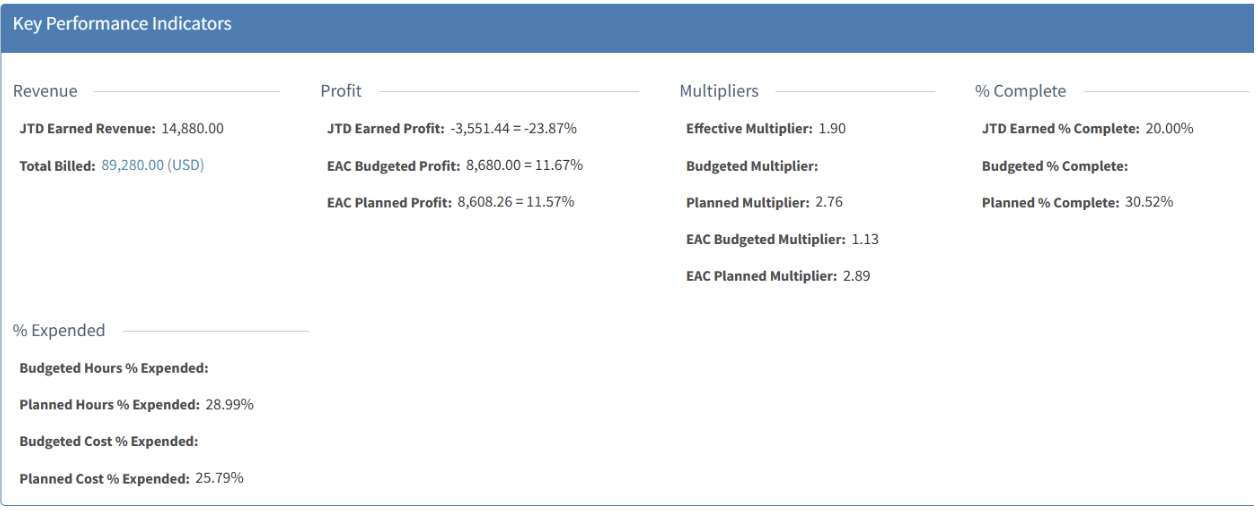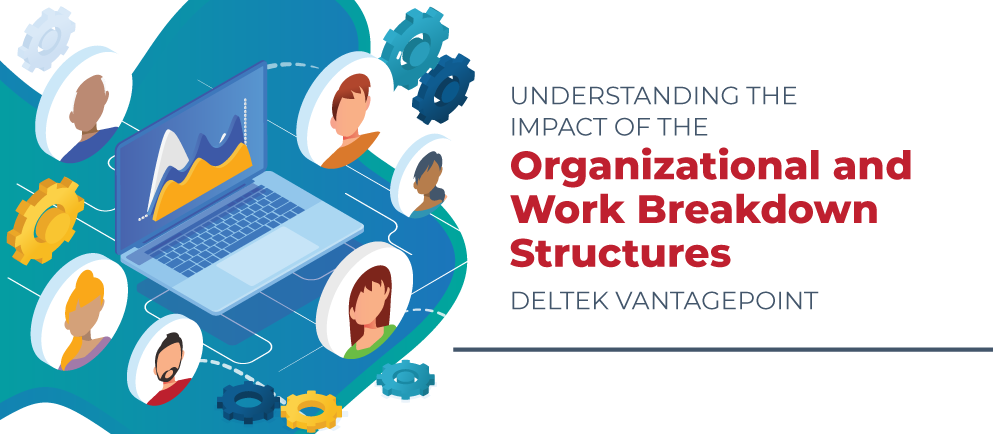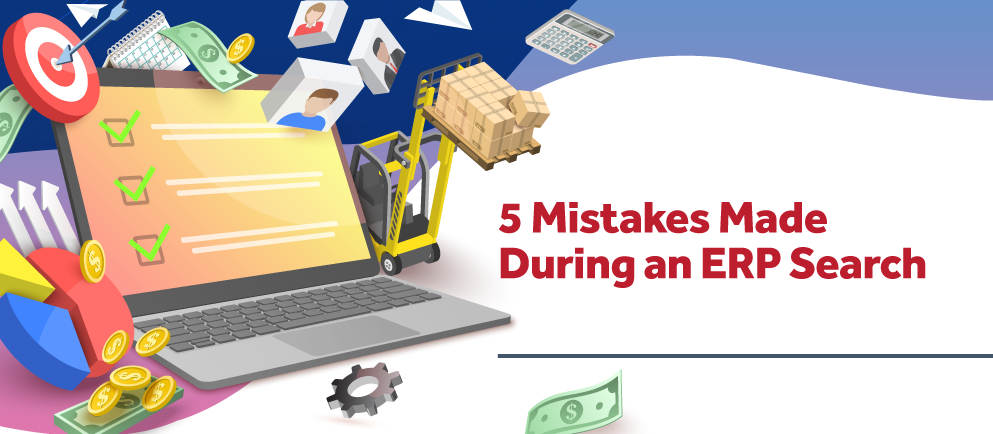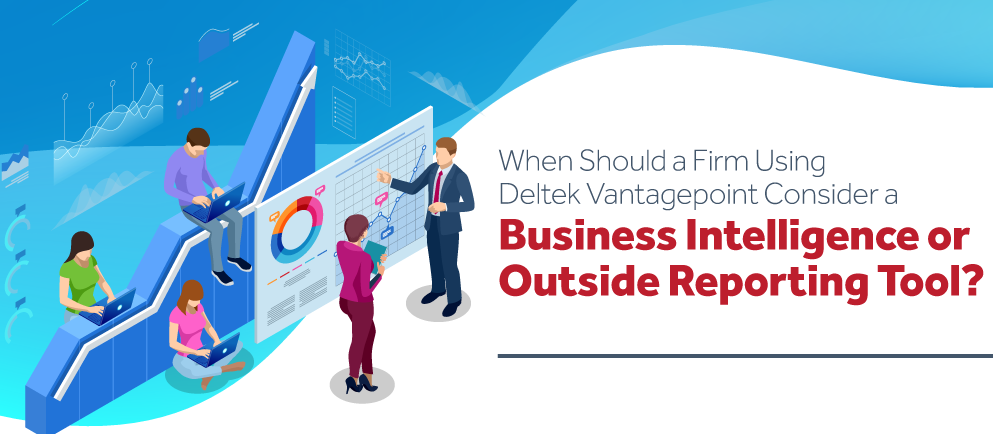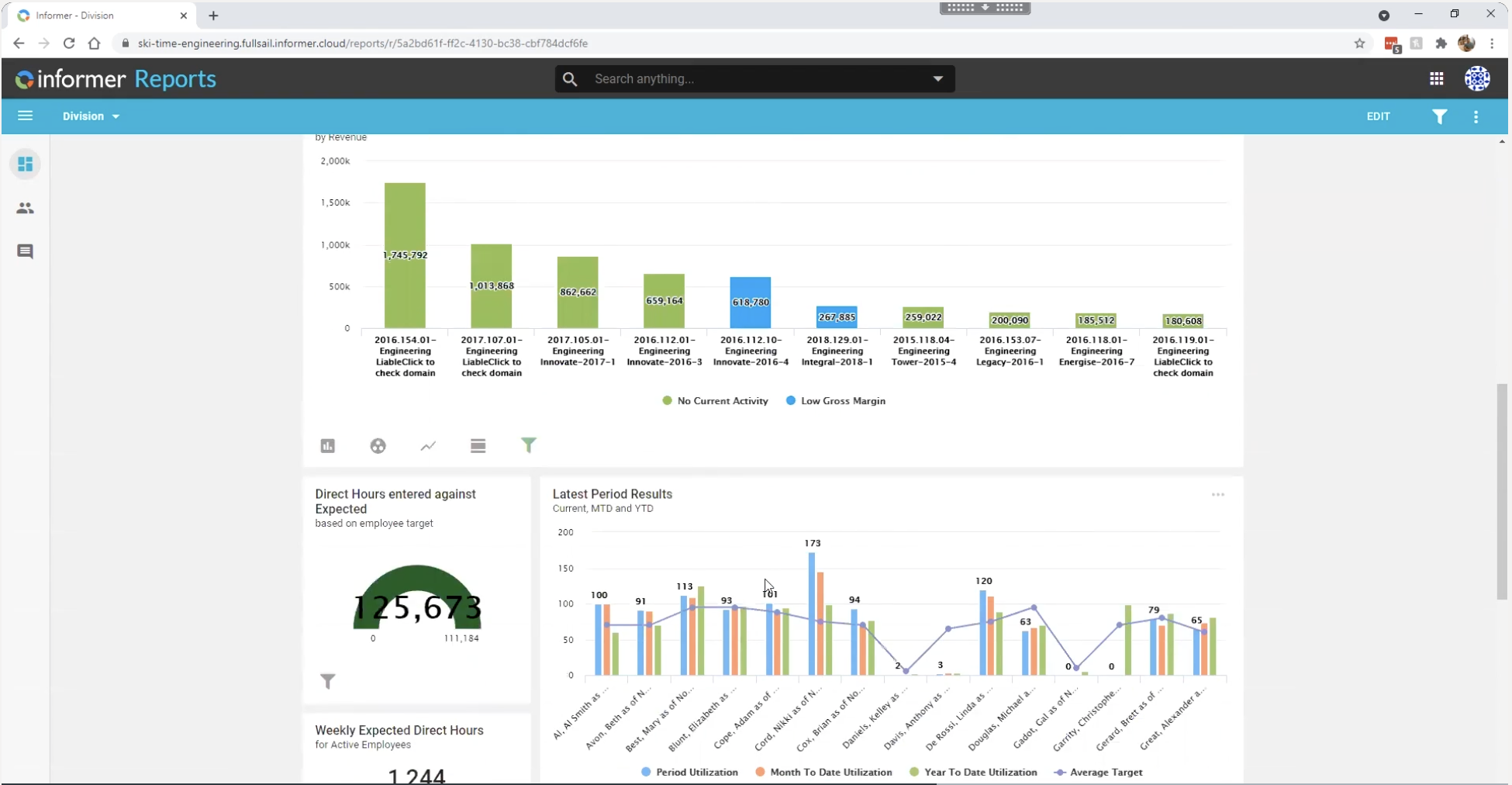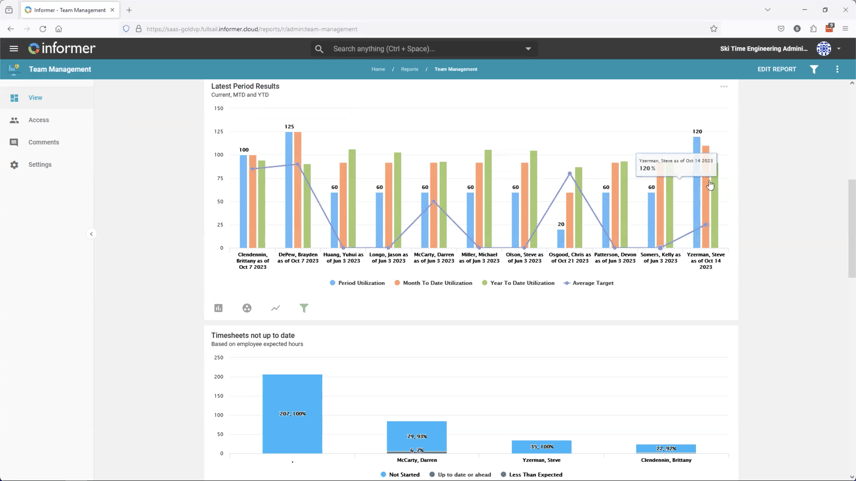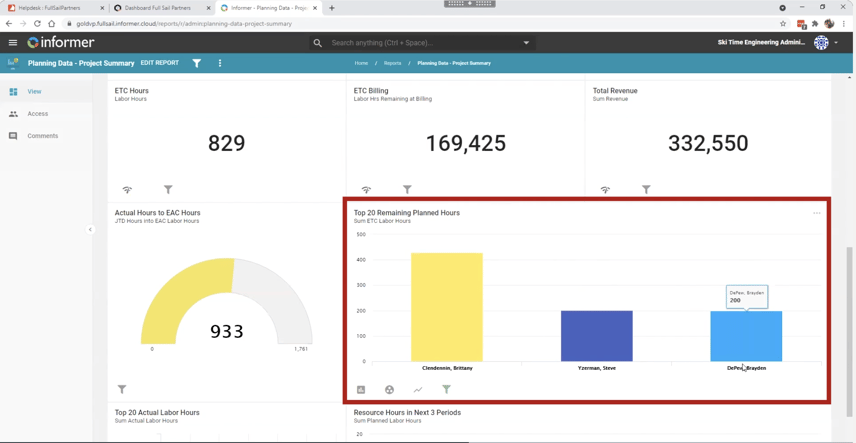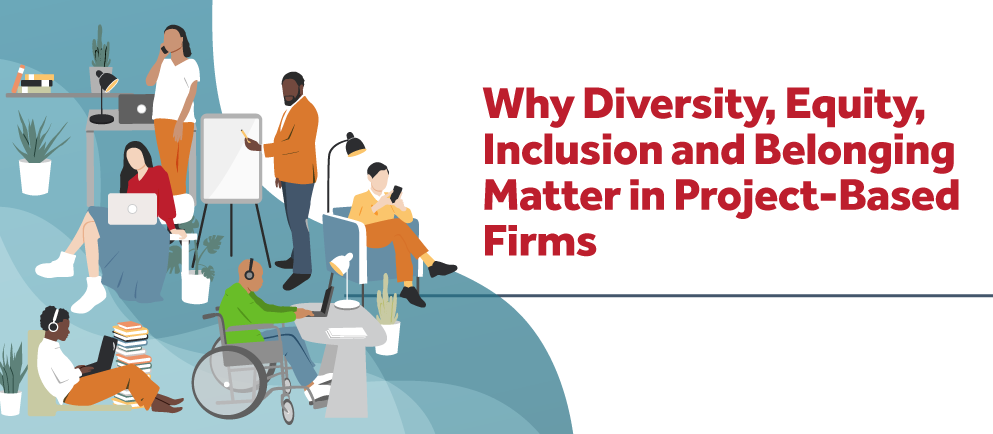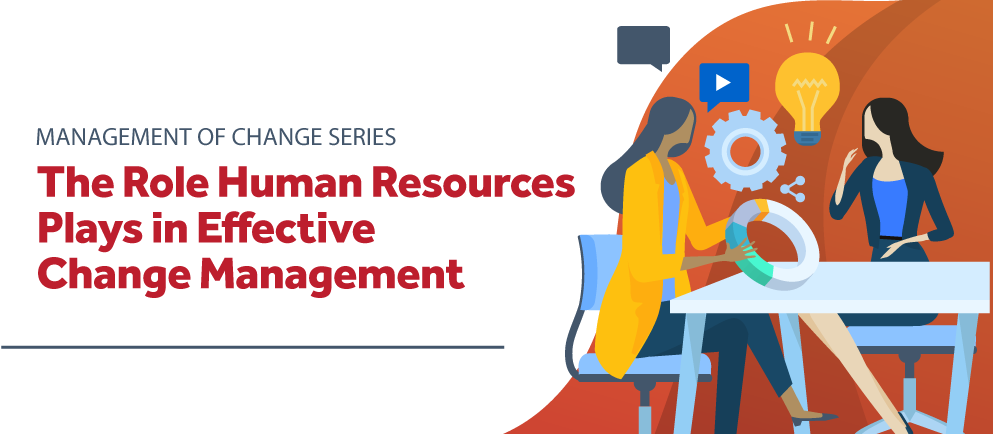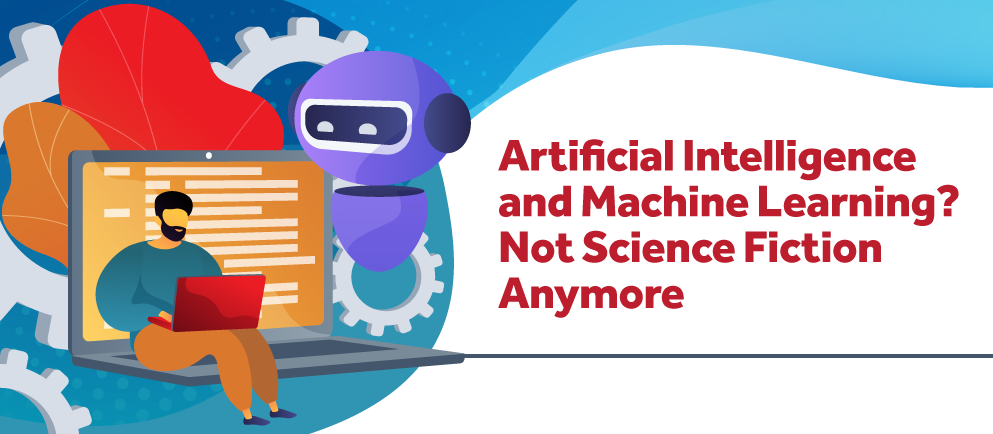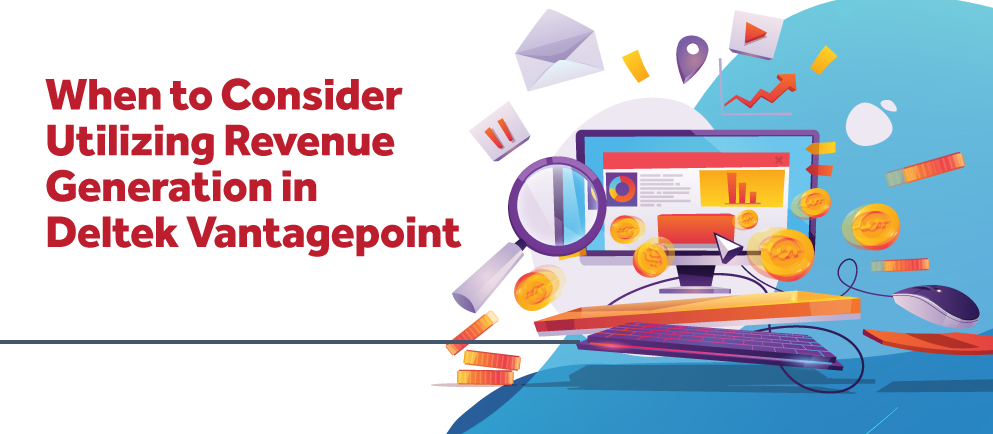Simplifying Project Budgeting in Deltek Vantagepoint: A Comprehensive Overview
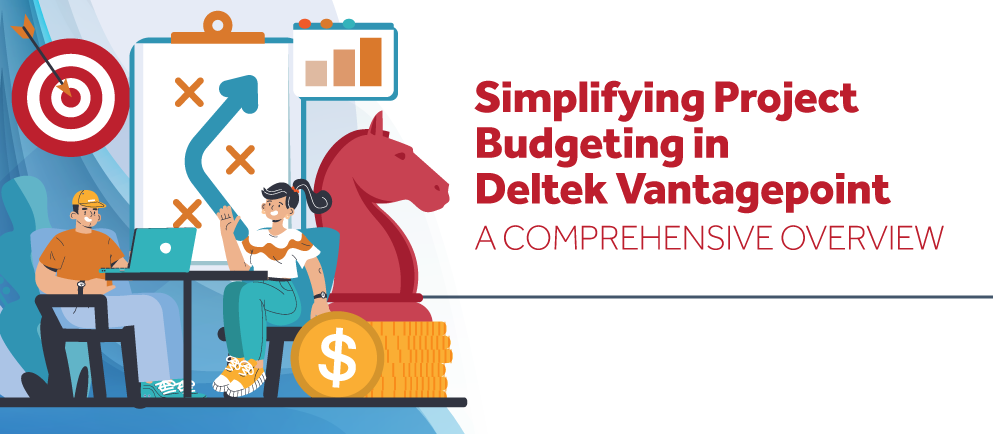
In today’s world of project management, monitoring project costs incurred & projected, as well as forecasting project profitability, are crucial for the success of any project. Deltek Vantagepoint, a leading project management software, offers a robust solution for this by integrating contract management, project budgeting, and project planning tools. This article provides a comprehensive overview to help project managers and consultants effectively leverage this robust project management tool.
Contract Management, Project Budget, and Planning Integration
Deltek Vantagepoint stands out by allowing users to view and manage contract values, budget, and planning information simultaneously. This seamless integration is visible in the Project Review form, where important data such as contractual fees, budgeted estimated costs at completion (EAC), planned costs (ETC), and projected profits are displayed comprehensively. Users can drill down to the details in the work breakdown structure (WBS), allowing budget management from a high-level overview or down to any of the specific phases or tasks.
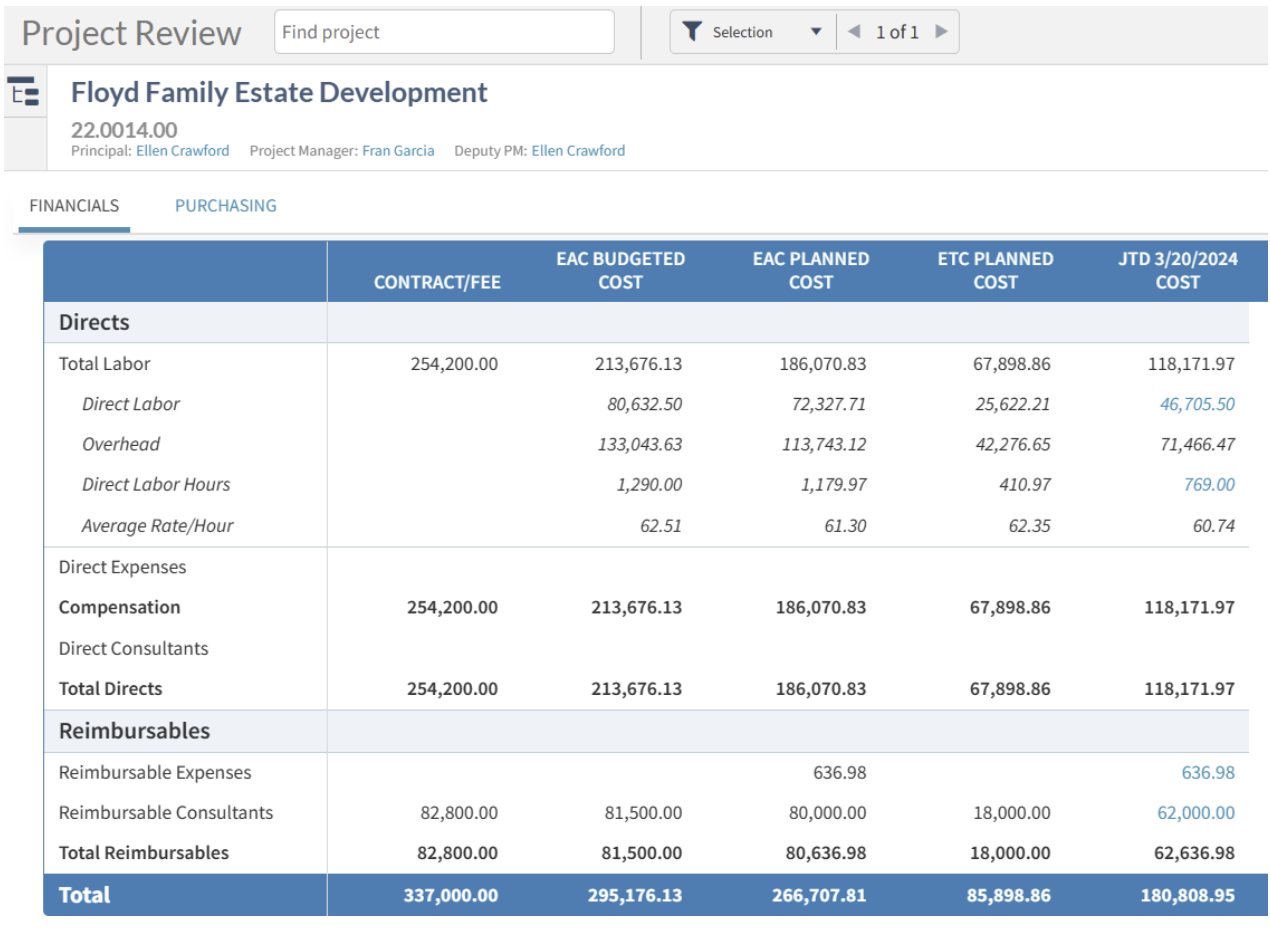
Detailed Budgeting Process
The project budget tool in Deltek Vantagepoint enables detailed budget entries at the lowest WBS levels, facilitating accurate labor, expense, and consultant budgeting. This granularity ensures that every aspect of a project, from concept design to completion, is budgeted for. Users can switch between cost and billing views for reporting, accommodating different project management needs. Budgets are entered at the labor code level for labor hours. For expenses, budgets are entered into GL accounts for the expense and can be detailed out to the vendor, such as a subconsultant.
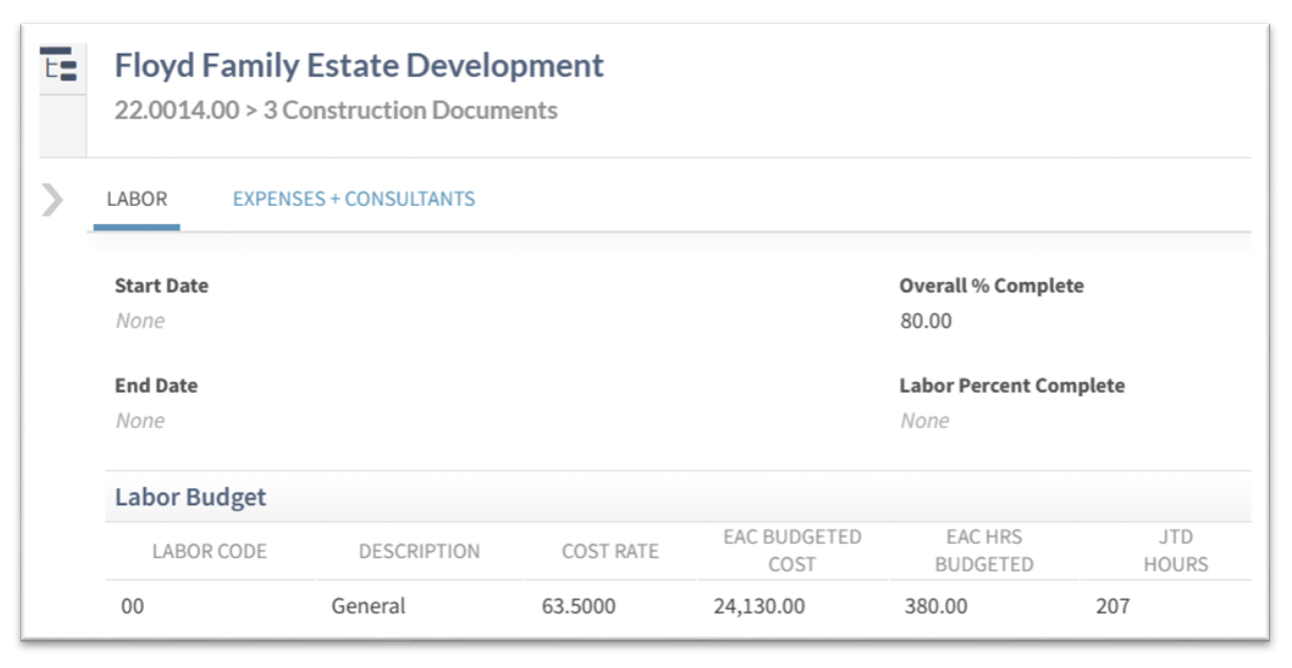
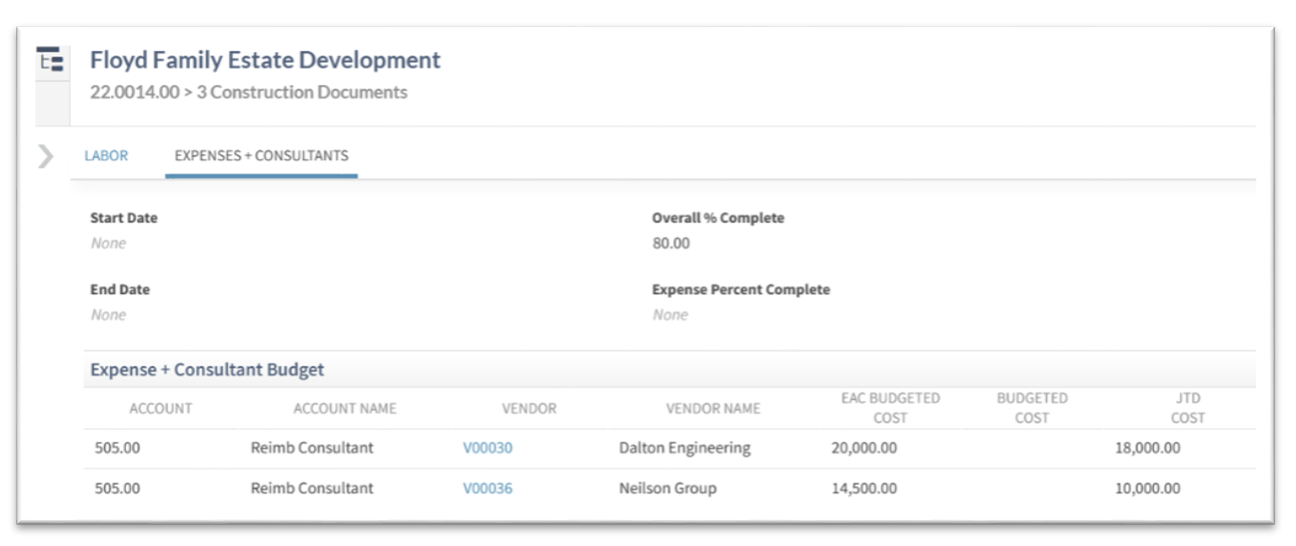
Planning Tool and Baseline Budgets
Vantagepoint's project planning tool allows for establishing baseline plans reflective of the original contract. Project managers can update estimates to complete (ETC) based on real-time project developments, such as changes to the schedule, staff availability, and scope changes, ensuring that the resource plan reflects current project realities. This dynamic approach to project management allows for timely adjustments and re-forecasting, essential for maintaining project profitability.
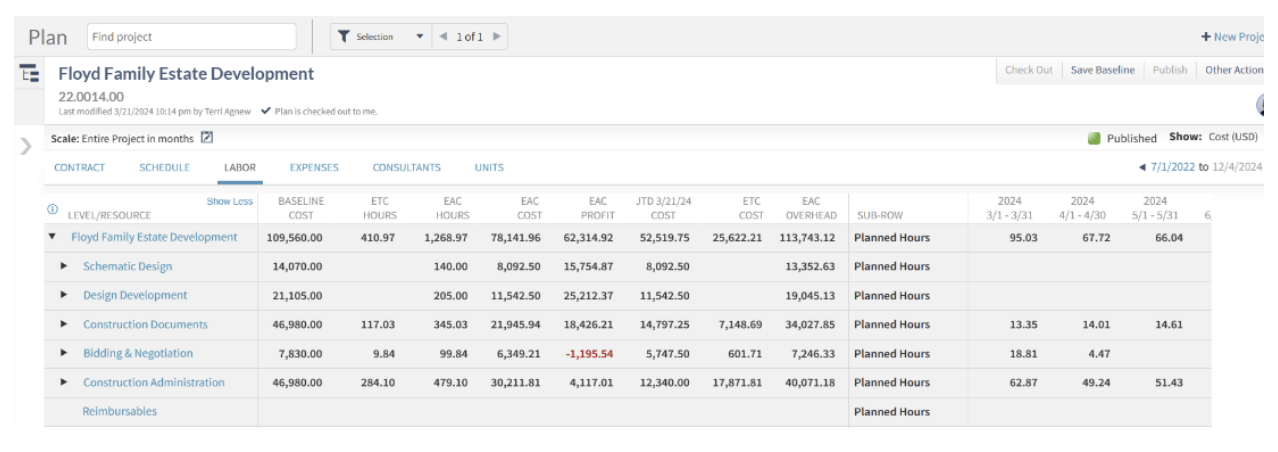
Analyzing Project Performance
The integration of budget and planning tools within the Project Review view facilitates a comprehensive analysis of project performance. At the bottom of the Project Review form, there are several key performance indicators (KPIs) such as effective multiplier, % expended, % earned, and profit margins which are automatically updated based on the latest budget and planning data. This real-time feedback enables project managers to identify deviations from the budget early and take corrective actions, such as requesting additional services or revising estimates.
Comprehensive Project Overview
By returning to the project review screen, users can evaluate the overall financial health, including profit margins, effective multipliers, % expended, % earned, and overhead. The system provides insights into how actual spending and planning adjustments impact project profitability, offering a complete picture of the project's financial status. This holistic view and real-time feedback enable project managers to identify deviations from the budget early and take corrective actions quickly to avoid major budget overruns, ensuring the project remains on track financially.
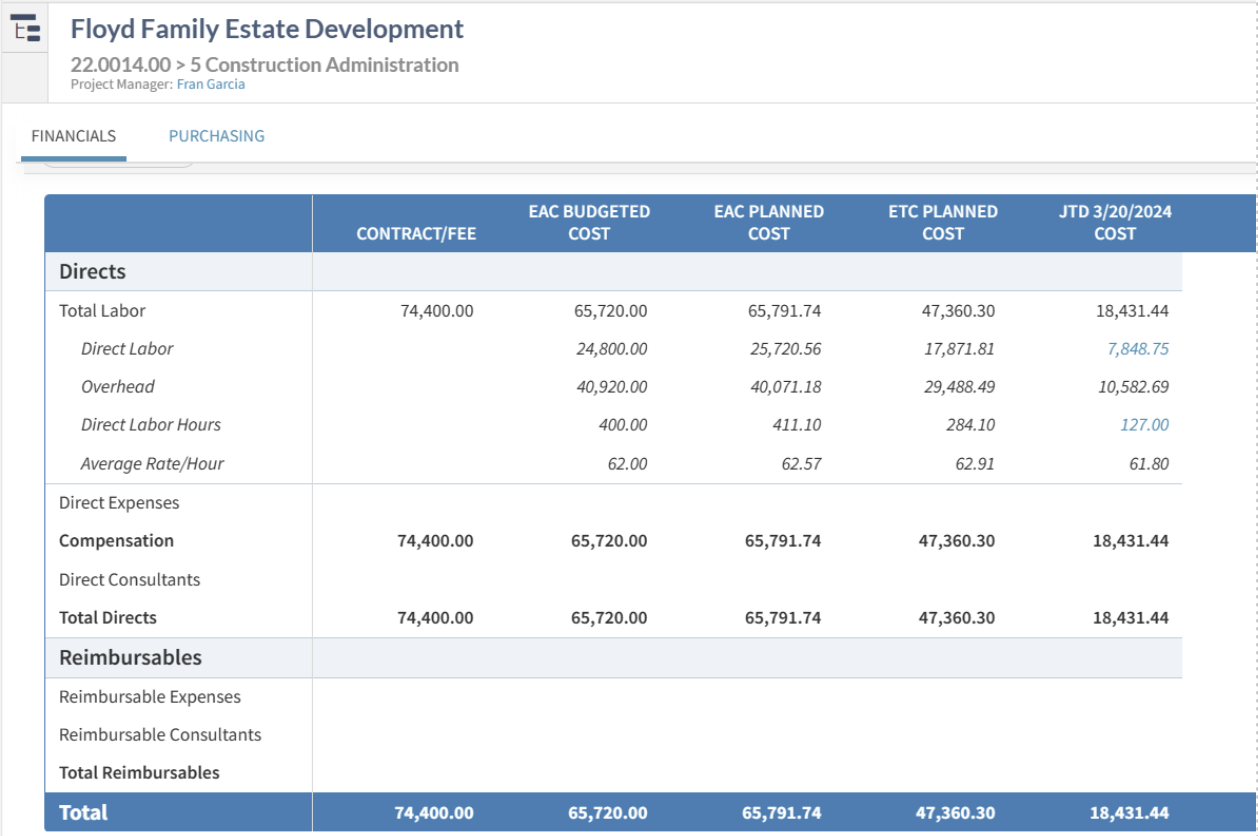
Mastering Project Finances with Deltek Vantagepoint
Vantagepoint offers a powerful suite of tools for simplifying project budgeting and planning. By integrating these processes, project managers can maintain tight control over budgets, adjust plans in real-time, assist in decision-making, and ensure project success. For project managers and consultants looking to optimize their budgeting and planning processes, Deltek Vantagepoint provides a comprehensive solution. Click the image below to see how these tools are used effectively to manage project finances efficiently in a 15-minute demo.


